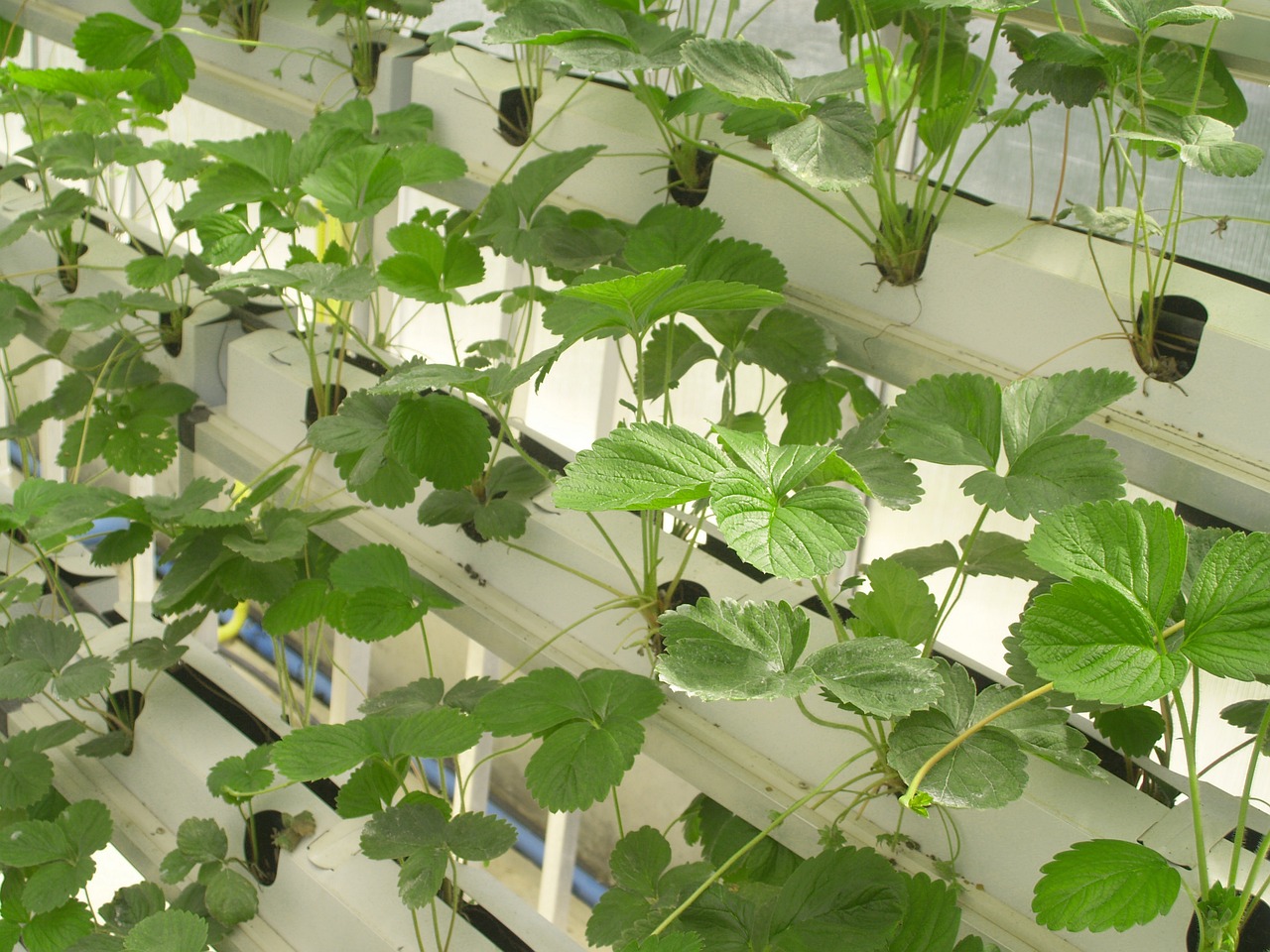Research Before You Grow
Before starting hydroponic cultivation, research each crop’s preferences (pH, temperature, light) and learn about potential diseases. Understand the specific needs of tomatoes, lettuce, or herbs. Consider factors like humidity and airflow. Knowing the most devastating diseases before you start growing can help you prevent them and notice them in time. Stay informed about the latest advancements in hydroponics.

Double-Check Your Equipment
Create an initial checklist for essential hydroponic equipment. Ensure you have a water basin, hydroponic containers, a grow table, growing mediums, lights, and nutrients. Consider whether you need a feeding timer, a light timer, or a temperature control. Keep track of accessories like air pumps and pH-balanced water gallons. Make a monthly checklist for refilling nutrients or water. Regularly inspect your equipment for wear and tear.
Set a Plant Care Schedule
Organize daily, weekly, and monthly tasks on a whiteboard. Water your plants consistently, adjust nutrient levels, and monitor pH. Prune and train your plants as needed. Look for signs of stress or nutrient deficiencies: document plant growth progress and any issues you encounter. Share your experiences with other growers online. A well-maintained schedule ensures healthy plants and optimal yields.
Choose the Right Method and Medium
Select a hydroponic method based on benefits and difficulties. Wick systems are simple but require manual watering. Drip systems provide consistent moisture. Ebb-and-flow systems mimic natural cycles. Aquaponics combines fish and plants. Consider factors like space, cost, and complexity. As for growing mediums, rock wool is sterile but dusty during setup. Coco coir offers soil-like properties without the mess. Experiment to find what works best for your setup.
Keep Your System Clean
Regular maintenance prevents grime and algae buildup. After each harvest, refresh the system by cleaning containers, tubes, and pumps. Inspect roots for signs of disease. Sterilize equipment to prevent cross-contamination. Monitor water quality and adjust nutrient levels accordingly. A clean system ensures healthy roots and efficient nutrient uptake. Regularly check for clogs or leaks in your system.
Start Small and Be Patient
Begin with single hydroponic containers to learn the ropes. Observe plant growth and adjust conditions as needed. Be patient; hydroponics may yield faster results, but there’s still a learning curve. Connect with other growers through forums, social media, or local gardening clubs. Share your successes and challenges. Remember that every crop teaches you something new. With dedication and persistence, your hydroponic garden will thrive.


